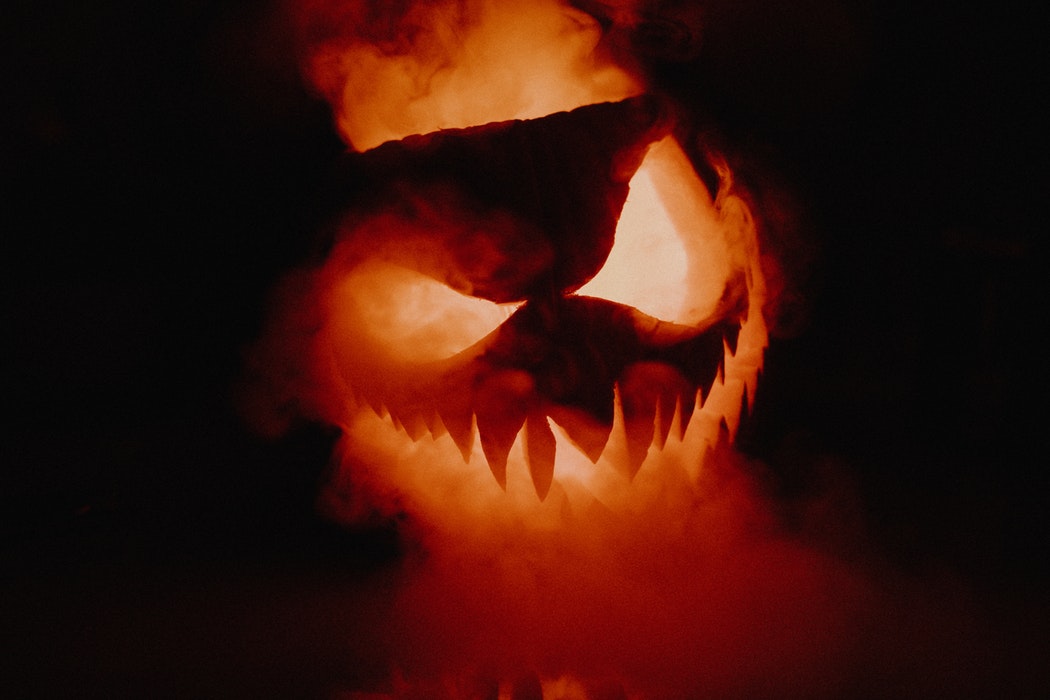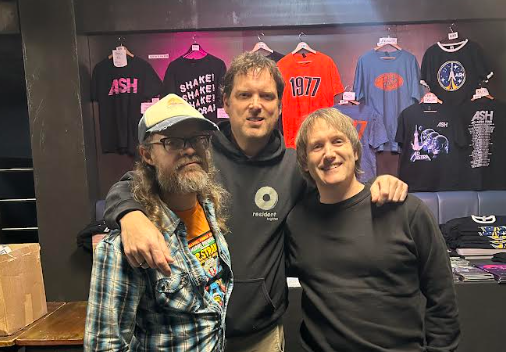Photo by Leximphoto on Unsplash
Words by Anthony Stonestreet
Almost anything can be a horror story. It can be the monster lurking in the deep end of the pool, the gremlin crouching in the wardrobe. Or, it can be that one cash machine on Salisbury Road, that silent figure standing at the first floor window. Horrors constantly surround us, if we care to seek them out. That is, unless, they suddenly spring themselves upon you. But then they’re called jump scares. And I hate those.
The three stories I’ve chosen to present here are exactly the opposite. The evil doesn’t pursue the hero (well, it does a bit, but ignore that). The evil doesn’t need to track our protagonist. It hangs in the air, it breathes in the silence. The horror doesn’t lie in what is shown. It resides in what is suggested, omitted, erased.
The best example of this pervasive darkness can be found in Guy de Maupassant’s short story The Horla, written in 1887. The main character writes in his diary of an unknown entity which drinks his milk whilst he sleeps, watches him from the darkness and, most worryingly of all, uses him like a puppet. Of course, all this could be in his head. Or it may not. As we learn from reading the entries in his diary, the writer frequently questions his own sanity. The only answer he, and by extension, we, receive, are the words of a monk. The monk states that we all know that the wind exists, yet we cannot see it. ┬áLater on, our narrator witnesses a hypnosis session, performed on his cousin. He sees that his cousin believes everything to be normal, yet the power of suggestion has placed a fiction in her mind, which she does not question, nor can she deny its existence when asked. And so the diary writer attempts to trap the Horla. To no avail. He feels the unseen intruder closing in, but cannot tell if he is truly there. If anything, he ends up trapping himself.
Maupassant presents here a story which, much like its theoretical villain, ensnares the reader. We are constrained to the confines of the diary, its writer unwilling to stray away from his own views, his own thoughts. When he falls victim to the concealed menace, the ensuing deluge of fear and frenzy carries us along with it, a torrent of despair which sweeps away the climax.
“I am no longer master of myself, nothing except an enslaved and terrified spectator of the things which I do. I wish to go out; I cannot. He does not wish to; and so I remain, trembling and distracted in the armchair in which he keeps me sitting“
This brings me to the second tale, I am Legend, written by Richard Matheson and released in 1954. Although we are presented with a far more physical threat, by which I mean vampires, both Maupassant and Matheson give us characters far more concerned with their inner turmoil than whatever may be afflicting the outside world. Robert Neville, widow and unwilling protagonist, tries his best to cope with a world he believes to be dead. As vampires gather around his house every night, Neville holds back despair and drunken rage, in an attempt to find out what exactly killed those closest to him, taken by the same darkness which created the bloodthirsty horde. The answer he finds is not the one he was expecting, but as he’s known all along, it never truly mattered. And yet, the hostile barren world which lies beyond his home offers brief glimmers of hope, but even Neville knows not trust them.
Robert Neville is calm and composed, unlike the vampires, which emerge screaming from dark recesses every evening. Except for Ben Cortman, a former neighbour turned member of the living dead, the vampires play a backdrop to Neville’s solitude. And this is what makes the story brilliant yet terrifying. Most editions depict the vampires on the cover, yet what the book so unsettling is this unimaginable feeling of loneliness. We see a man living merely for the sake of living, knowing full well that death can be found by the simple opening of a door.
“On the phonograph, music played, quiet and unhurried.
Outside, the vampires waited.“
This futility allows me to segue to my third narrative, The Woman in Black. First published in 1983, Susan Hill’s book has been adapted into a successful stage show and a film starring Daniel Radcliffe in 2012. The story is centred around an Edwardian solicitor named Arthur Kipps, who travels north to attend the funeral of an elderly woman, who inhabited an isolated dwelling surrounded by marshland and mudflats. Written like a gothic horror story, Kipps is subjected to visions and sounds of the titular woman in black. An apparition who’s presence is always associated with the death of a child. Removed from his cosmopolitan existence, Kipps is left virtually alone (except for his dog Spider) in the deadly silence of Eel Marsh House, the deceased woman’s former abode. ┬á
What makes The Woman in Black so particular, and perhaps so unsettling, is how the haunting is not restricted to a single locality. Kipps hears voices from the mudflats. He sees the woman in black in Eel Marsh House, but also in the churchyard in the nearby village. The locals live in fear of her,  yet she walks among them. Voices ring out in the fog, which neither Kipps or the others can explain. The villagers, and Kipps, cower in fear of this slight yet terrifying figure. As the ending shows, this evil is unrelenting and unforgiving in equal measure.
“From somewhere in the dark recesses of the house, a clock began to strike, and it brought me out of my reverie. Shaking myself, I deliberately turned my mind from the matter of the woman in the graveyards, to the house in which I was now standing.“
Grouped together, I realise these three stories are wildly different. Yet in all three, the horror they show plays second fiddle to the far more insidious, wild and unfettered shadow which lurks beneath.
Always remember to watch cartoons once you’ve finished the book.



